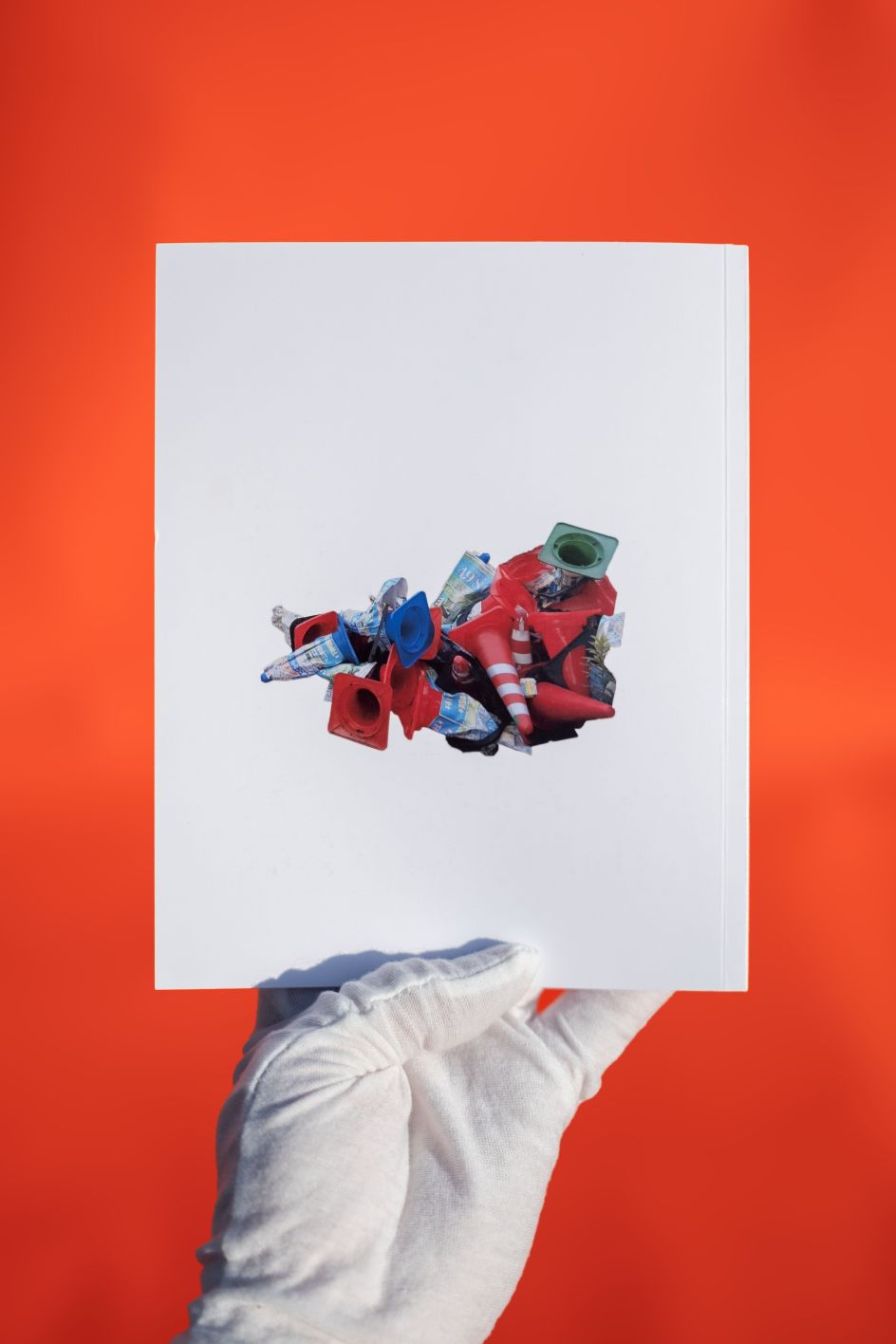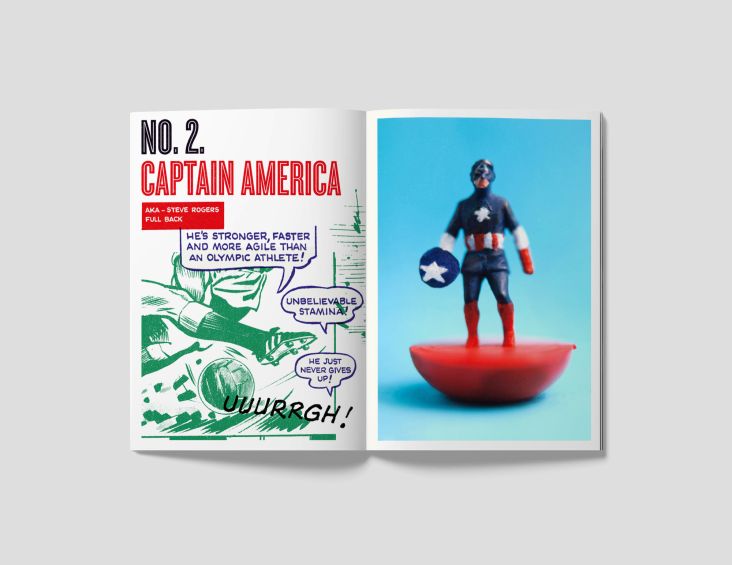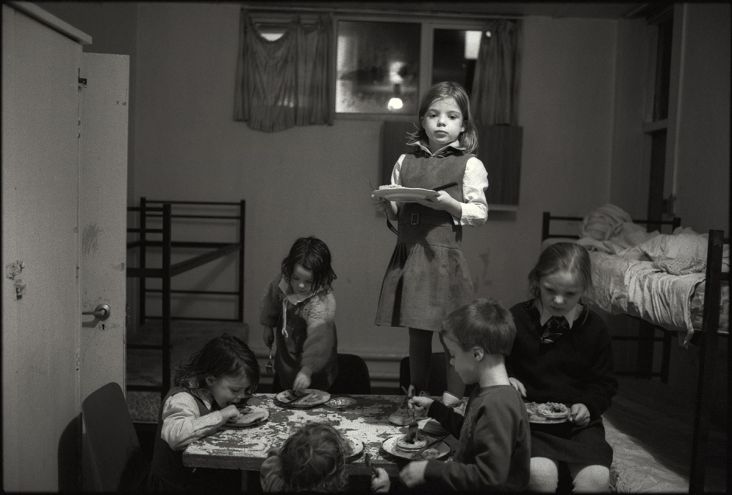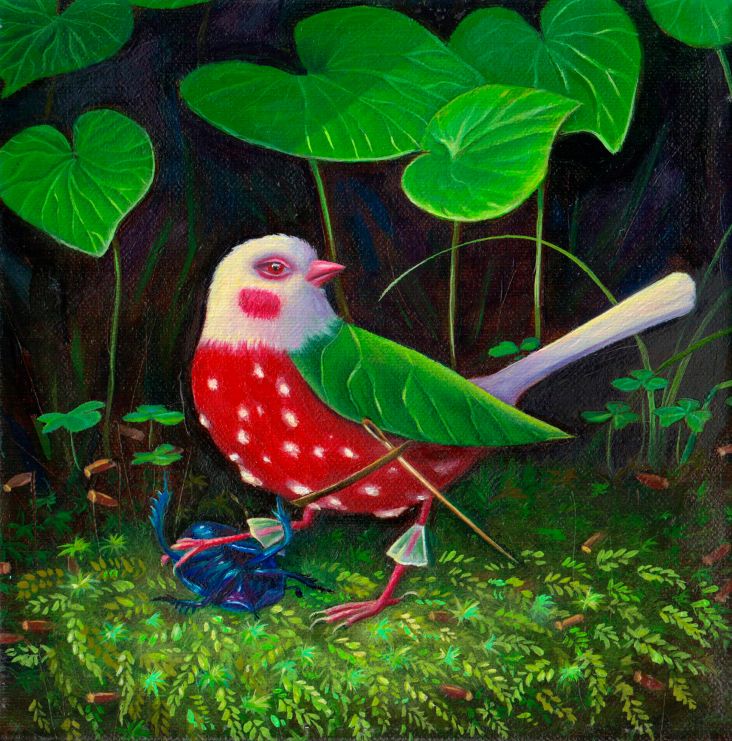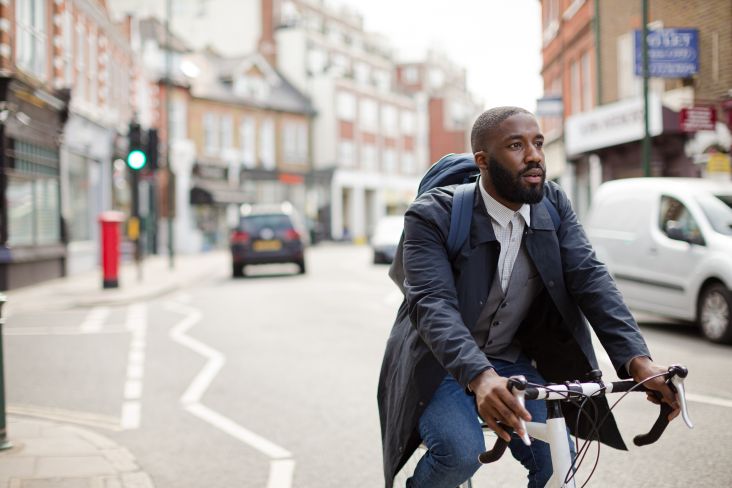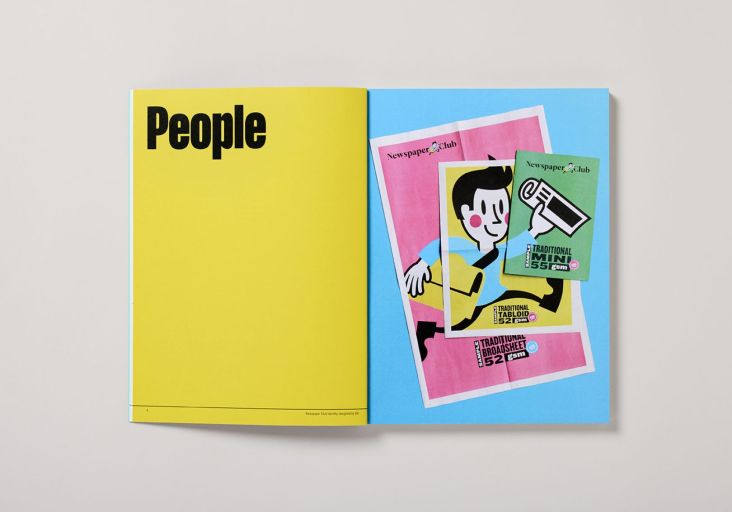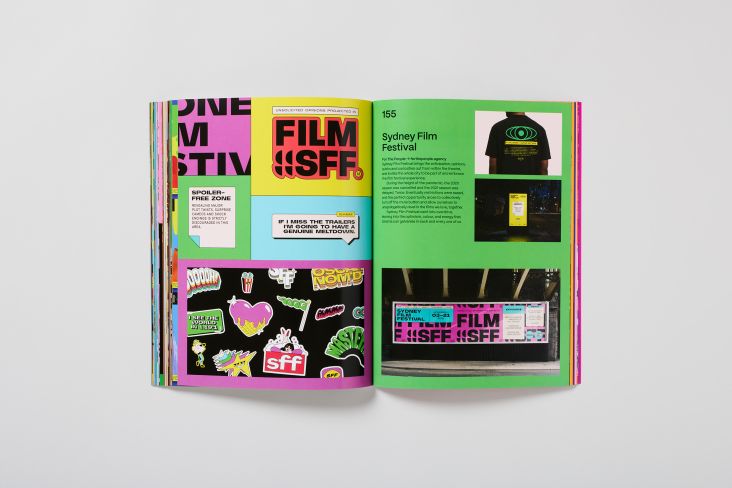Max Cameron's photography book explores Japan's obsession with traffic cones
Wieden+Kennedy Tokyo creative copywriter Max Cameron captures a unique quirk of Japanese life in his humorous new photography book all about the humble traffic cone.
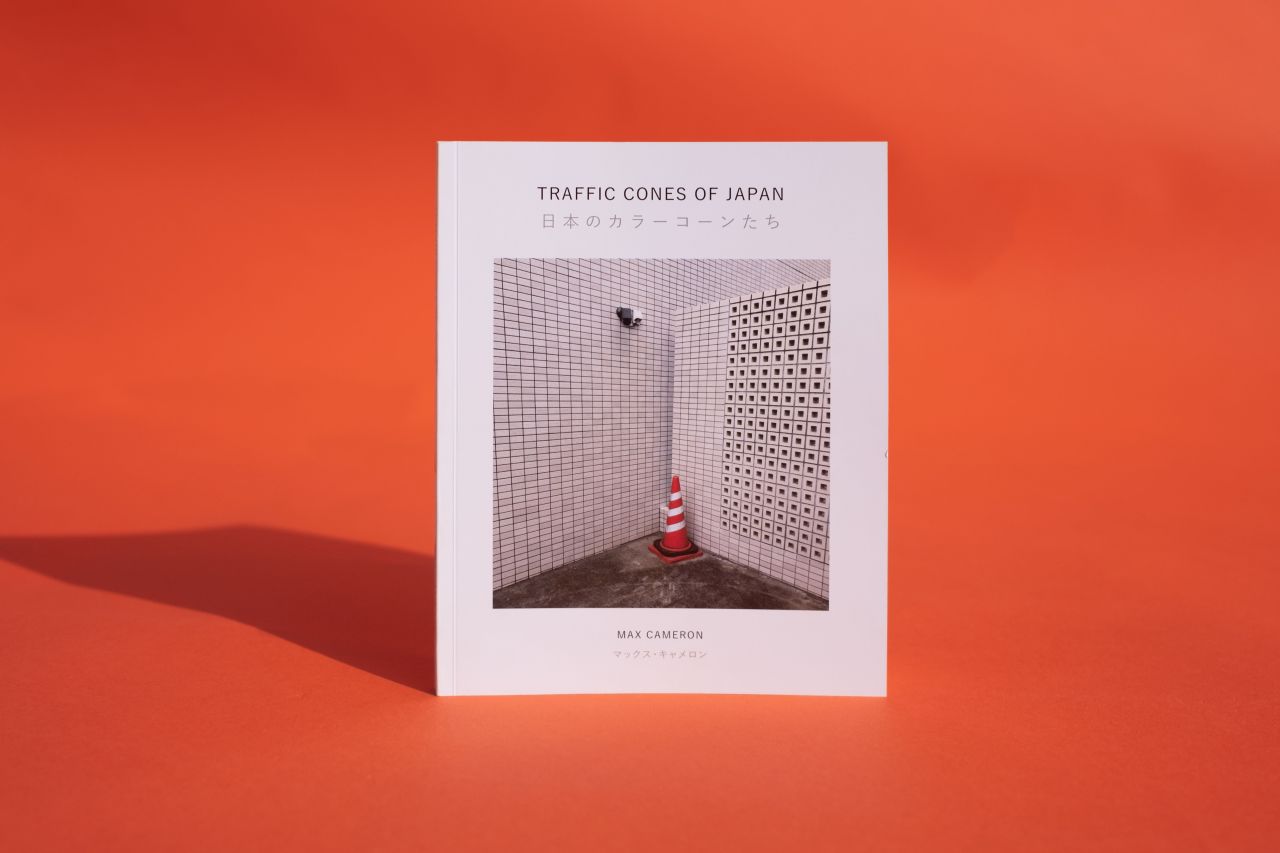
Japan is not renowned for being a country that takes risks. Whether it's due to the threat of typhoons and earthquakes or the cramped living environments which make the most of every available inch, the east Asian island appears to have developed a peaceful and stable attitude. Perhaps that's why it tends to go a bit over the top regarding traffic cones.
"It's very rare to have a street or path left coneless," says Max. "For the most part, they're the same pointy, orangey-reddy things. The real difference is the prevalence." A cursory glance at the photographs in his new book, Traffic Cones of Japan, proves his point. Even a mild disruption appears to warrant a sizeable cluster of them, complete with generous lengths of warning tape.
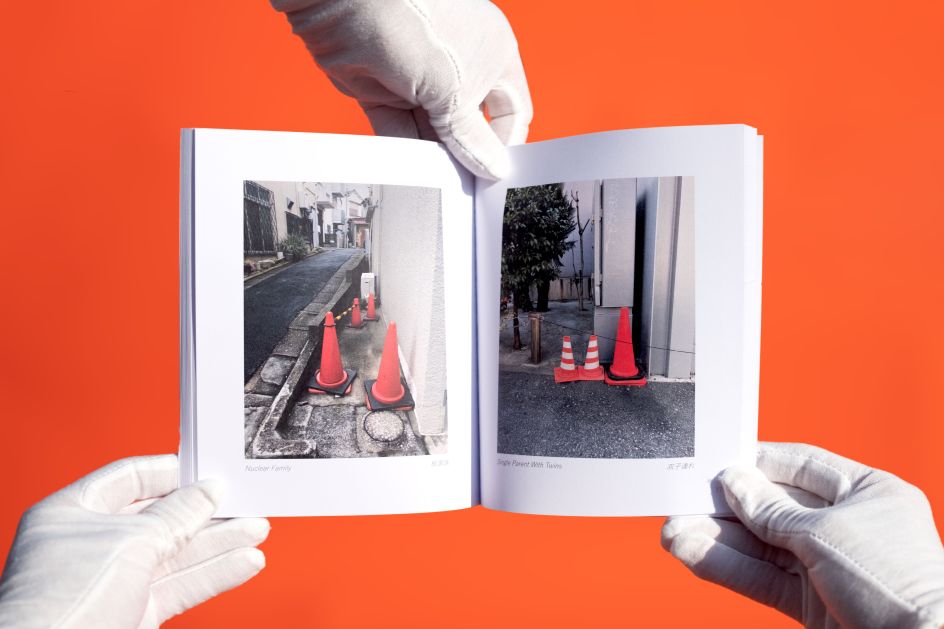
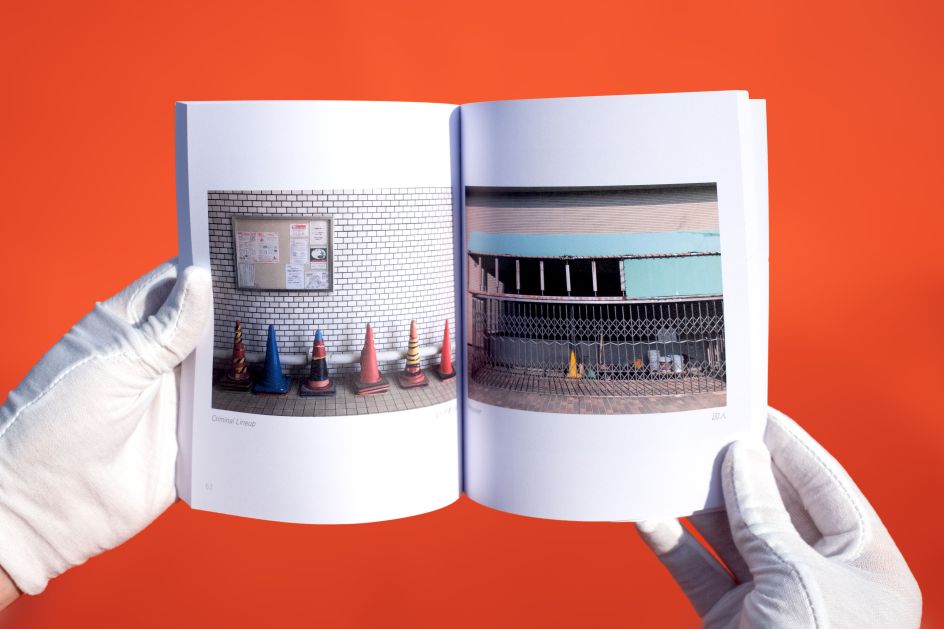
Having moved to Japan for work almost four years ago, Max expected to be taken aback by the usual suspects, such as the food, tiny bars and nature. Still, he wasn't prepared to be inspired by everyday objects like temporary road markers. "I would just often be surprised with where they were placed," he tells Creative Boom. "I'd wonder, who put them there? What were they hoping to achieve? Why did they use so many? Why are white cones used in fancier areas?"
After being intrigued by them quite quickly, the decision to photograph traffic cones soon became a purposeful activity. "I didn't know what I was going to do with them in the beginning, but once I'd taken that first shot, I saw them everywhere, and there was no going back."
It wasn't long before he noticed strange variations in different locations. 'Snow-capped' traffic cones appeared native to Mt Fuji, while the ones in Kyoto are covered in a bamboo wooden structure. When trying to justify the country's apparent obsession with traffic cones, Max concludes that it ties into society's inherent caution.
"Everything works here because everything has to work here, which I find interesting," he adds. "When it doesn't all work smoothly, it feels like a serious problem. If a bullet train is five minutes late, the passengers get a certificate apologising. Can you imagine if they did that in the UK? There'd be no trees left."

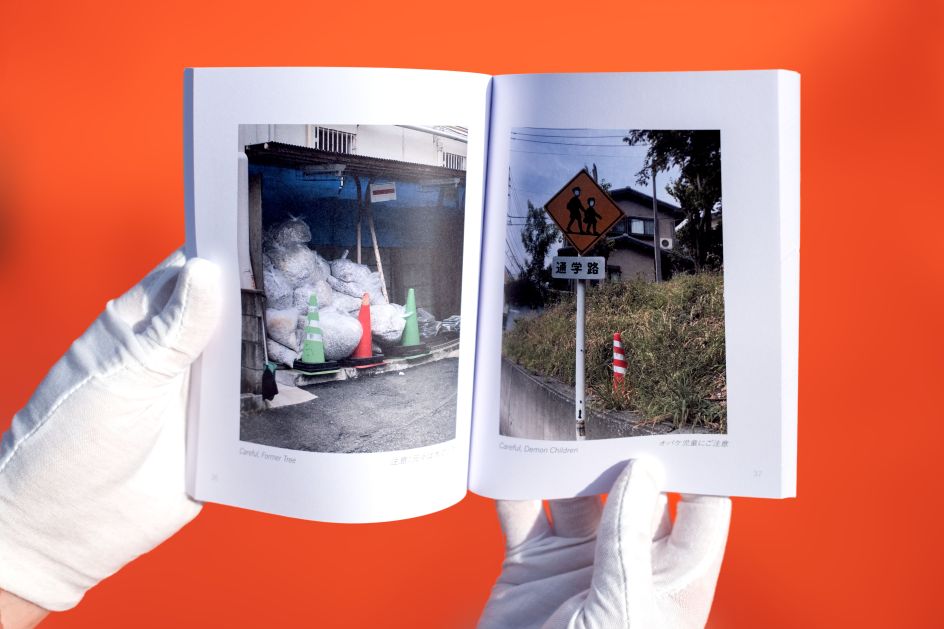
That's not to say that Japanese traffic cones don't do their expected job. Max is the first to agree that most of the time, they are there to instil some kind of order. "But if you subscribe to my way of seeing the cones, then I think they have a lot more to offer than safety. Once you start to see them everywhere, you can feel the personalities of the different cones and can see their stories. It's free entertainment for me anyway."
Designed by Gareth Rowntree, Traffic Cones of Japan pairs Max's photographs with witty captions that he's written. These allow Max to put his stamp on the cones and the scenes, as well as personify them by imagining what their true purpose was. And thanks to Japanese translations by Takuro Kobayashi, even residents of the island nation can enjoy the book too.
"I started by creating different categories of cones and then creating a narrative through those categories," Max explains. "I really wanted the book to take people on a journey so the captions would often be informed by the other photos around it or how the overall story flowed. Although often, it was just me making dumb jokes and seeing where I could put them."
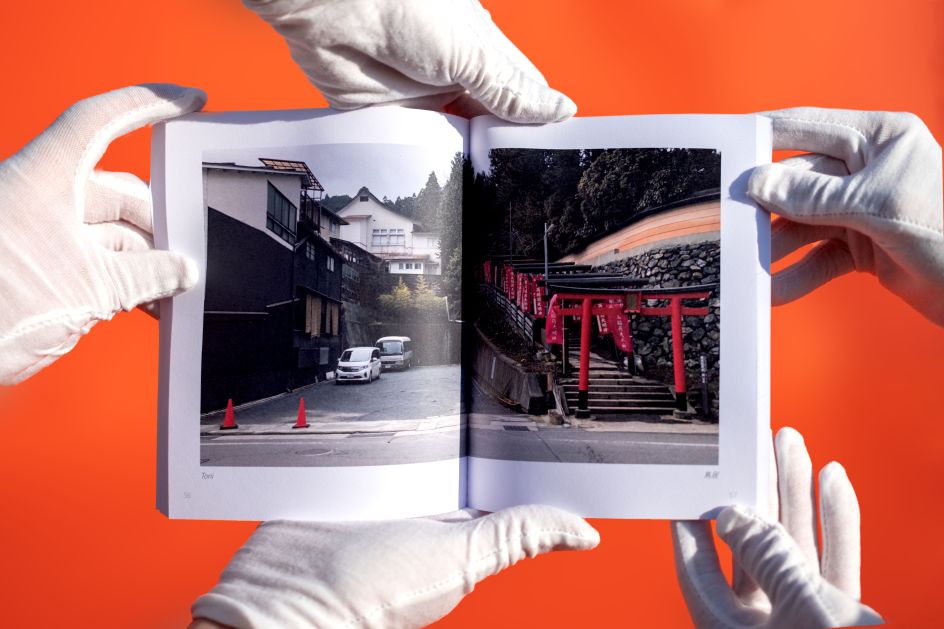

When pressed on which photograph is his favourite from the collection, Max admits it's like being asked to choose between his children. "I don't know about favourite, but there is a pair of cones in the book which have my initials printed onto them," he reveals. "That freaked me out, as it almost felt like they knew I was photographing them and their kind.
"A pair that might just be my favourites (don't tell the other kids) are the Christmas Assistants. In early January one year, an entire street near where I live had these cones with fir tree branches attached. I think it was more of a New Year thing, but I'm still not sure why attaching them to cones would get anyone in a festive or celebratory spirit. I guess that's the power of traffic cones!"
